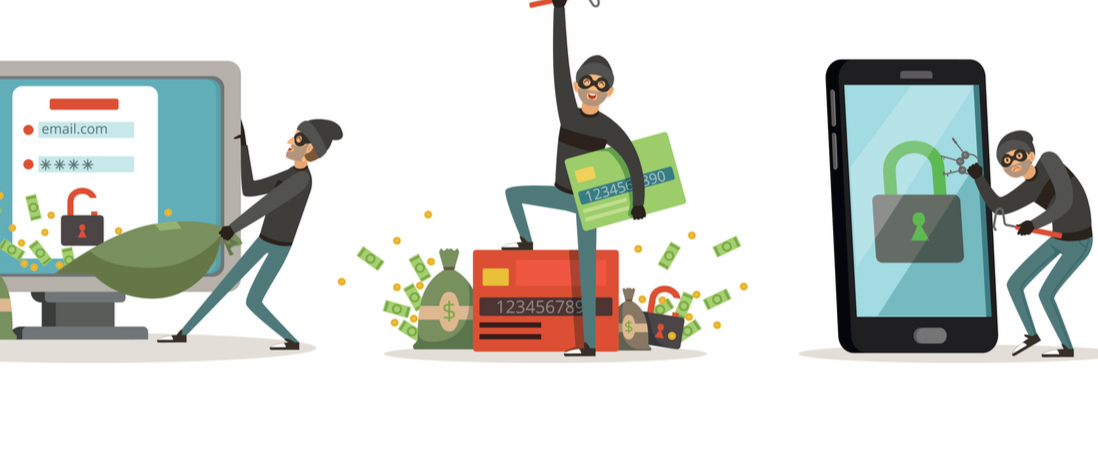Redundant, right? But really, how secure is your client’s office environment?
It wasn’t until the HP Premier Partner event this summer that our Service Director and I realized that most if not all networks out there are vulnerable to a various array of attacks. You will never guess where most of these attacks can originate?!?
Your client’s printing devices! Yep, that’s right, that innocent $79 printer that your client Susie just bought and placed on her desk is now an open portal to your network. Or what about the move to BYOD. Bring Your Own Device (and don’t forget all the viruses and other “junk” you bring along too)!
We quickly realized after listening to two highly regarded speakers Michael Calce (aka Mafia Boy to the hacking community) and Jason O’Keefe that no network is immune to attack from these devices that all of us welcome onto our network with open arms.
You see, these devices create “openings” into a network that can be exploited or used as “on ramps” for various attacks to the network and individual users. Check out the “Wolf” videos from HP on YouTube and you will see just how easy it is to compromise any network…scary stuff!
So, what to do to ensure your client’s office environment is secure? Well, we have created a quick checklist to help any business batten the hatches, seal the leaks, plug the holes, (you get the idea) and at least make it more difficult for those intent on doing bad things to have a more difficult time doing them! Here are our top five. We have additional ones, but as my performance friends always say, leave them wanting more…
- Insure there is a router between your client’s network and their ISP (Internet Service Provider).
- Change the default password on all routers.
- Create and use “specific” IP addresses for your client’s business…never use default IP addresses
- Change the default admin password on your client’s copier or printer…and ensure they remember it!
- The FTP protocol is normally “ON” when acquiring a new device…always turn it “OFF” if not being used.
Well, there you have it. I can hear the hacking community groaning just a little since you took these easy steps to secure your client’s technology. I am in Georgia as I write this for HP Security training and certification, so I am sure I will have more to share next time around.
Until then, be safe!


Leave A Comment
You must be logged in to post a comment.